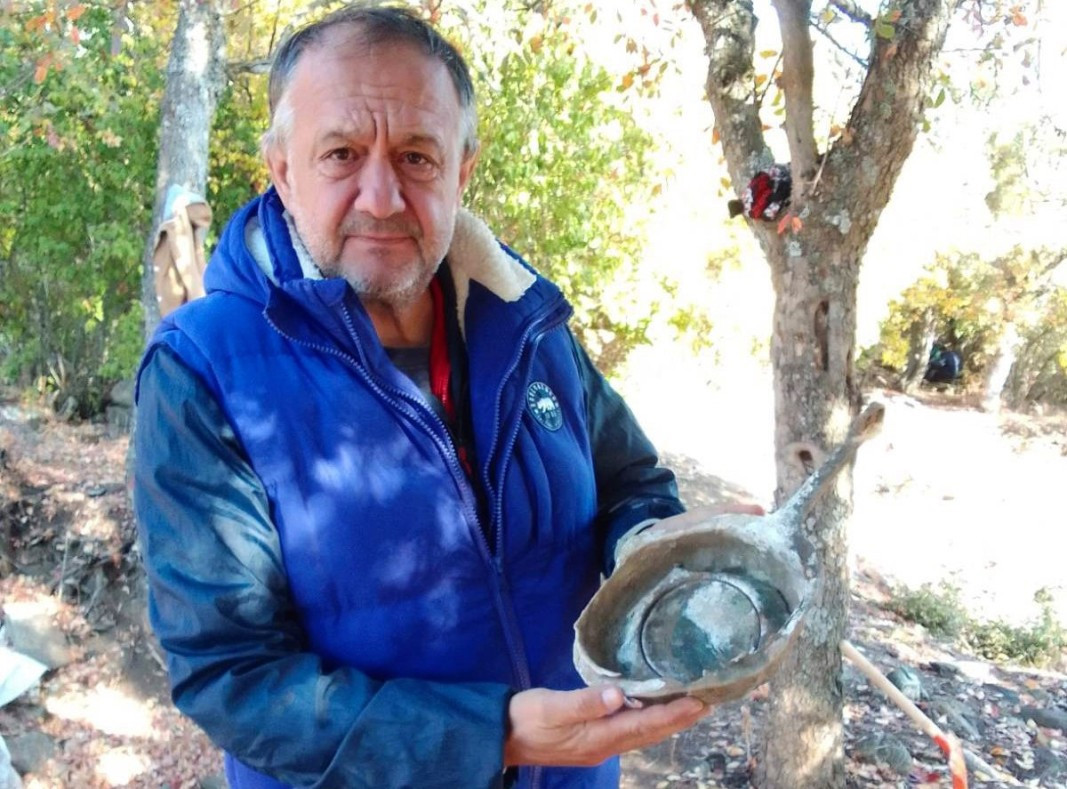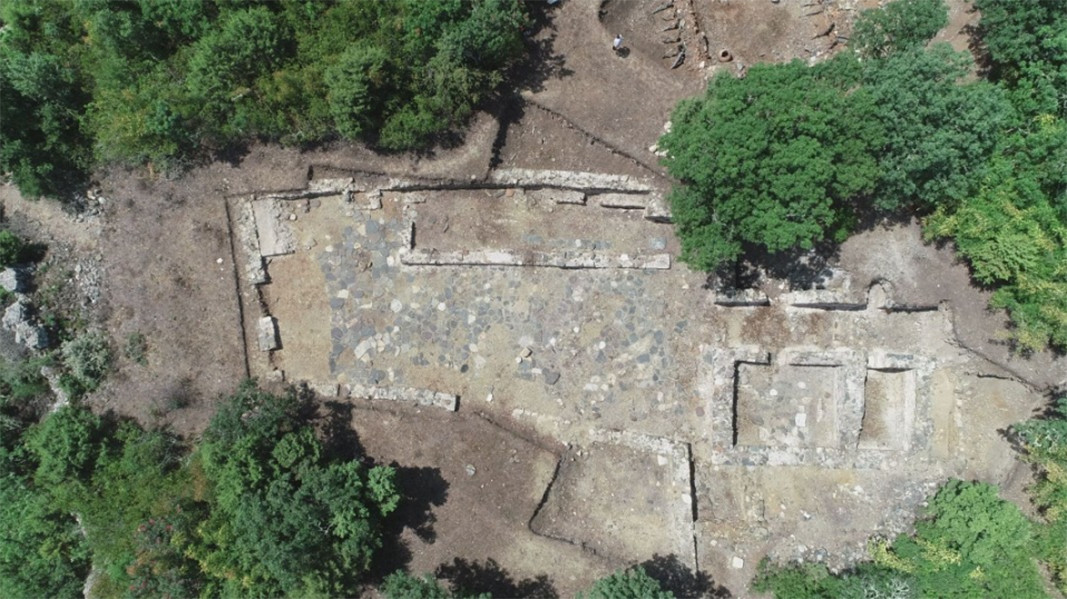An inscription from the time of Bulgarian Tsar Simeon the Great (893 – 927) was discovered in the Medieval fortress Balak Dere near Huhla village in the Eastern Rhodopes. Experts say it is one of the earliest known texts in the Cyrillic alphabet.
The folded lead lamina was found in the autumn of last year during archaeological excavations near the fortress, but to begin with the inscription was invisible. It was only noticed by the photographer of the expedition in the process of documenting the monument. And it took several months to establish what the amulet actually was.

“After being duly cleaned, conserved, and the epitaphs deciphered, we established, with absolute certainty that the lead plate is from the 10th century. What is more, the plate itself was found in the archaeological layer where 10th century coins and belt appliqués from that period were discovered,” said, in an interview with BNR-Kardzhali, the chief curator of the National History Museum Ivaylo Kanev, who found the artefact.
It was believed that such apotropaic amulets protected their owner from the evil eye, magic spells and disease. Around 50-60 such 10th century artefacts found in Northeastern Bulgaria have so far been studied, but the find in Balak Dere is unique, with no equivalent so far, researchers say.

“The difference is that what we have here is a supplication, even the names of the supplicants are known – Nikola and Pavel,” Ivaylo Kanev explains. “They are asking St. Dimitar to intercede with God on their behalf and protect them from such-and-such calamities, as, the authors say, and I will quote the last line which is very canonical and astonishing, because we have never seen anything like it before: “…wash his face with grace, exonerate the shame, heal, oh, Saint, because His is the glory, and the honour, and the state, now and forever, Amin!” Very well structured, like a canon, there are no simple wishes here. That is the other novelty.”
The artefact reveals important details from Bulgaria’s history in the early 10th century. According to experts, the lead plate with a long Cyrillic text shows that at Balak Dere fortress, just 30 kilometres from Edirne, a Bulgarian garrison was stationed under Tsar Simeon the Great.
But who did the amulet belong to, and how did it find its way here?

More:
Interview by Galina Stefanova, BNR-Kardzhali
Compiled by Veneta Nikolova
Translated from the Bulgarian and posted by Milena Daynova
Photos: courtesy of Ivaylo Kanev, BTA
From 16 September, the History Museum in Panagyurishte will be hosting the original Panagyurishte Gold Treasure. The priceless find will be displayed in the museum’s secure vault hall, where it can be seen until October 23. The treasure will be on..
On September 14, the Bulgarian Orthodox Church bows down before the cross on which Jesus Christ was crucified . The Exaltation of the Holy Cross of the Lord or Cross Day is one of the 12 great Christian holidays. It is one of the four days..
Today, Bulgaria celebrates the 140th anniversary of the Unification of the Principality of Bulgaria and Eastern Rumelia. The center of the festivities is Plovdiv, where on this day in 1885, after the entry of the Golyamo Konare detachment into the..

+359 2 9336 661
